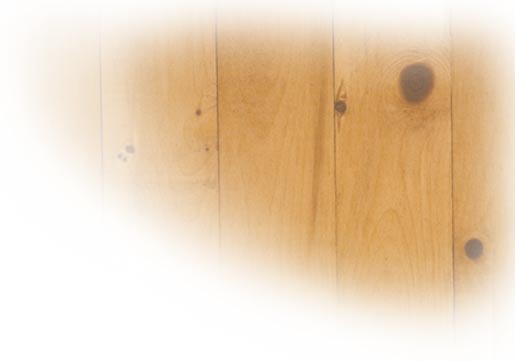|
Maintenance: Unsightly
Riprap
(continued)
The live stakes, 1 1/2" or larger in diameter, must be
cut and placed while they are dormant. The roots of these plants will
reinforce the soil and dissipate energy from waves or stream flow. (See
Live Stakes in Implementing
Your Project, Steps & Techniques).
Plants can be placed in soil between the rocks. A trowel-full of soil
placed between rocks in the upper part of the riprap (above water) will
provide a substrate for planting. This technique should not be used
during high water conditions where soil may erode into the lake.
Size, density and age of the rocks determines whether the riprap is conducive
to planting. In some cases, riprap can be seeded effectively with a
mixture of grasses and wildflowers. For cover within the first year,
seed with early seasonal species such as jewelweed (Impatiens capensis)
and black-eyed susan (Rudbeckia hirta).
Certain sedges, rushes, and grasses will cascade beautifully over riprap
and help to conceal it. Species such as fox sedge, (Carex vulpinoidea),
rattlesnake manna grass (Glyceria canadensis ), tall manna grass
(Glyceria grandis), and dark green bulrush (Scirpus atrovirens)
are good choices.
Vines are another effective option for softening the
hard look of the rocks, such as Virgin's bower (Clematis
virginiana ), Virginia creeper (Parthenocissus vitacea ),
and wild grape (Vitis riparia).
|
|

